Why isn't there a cure for migraines?
Migraines are mind-muddling nightmares. Why can't we stop them?
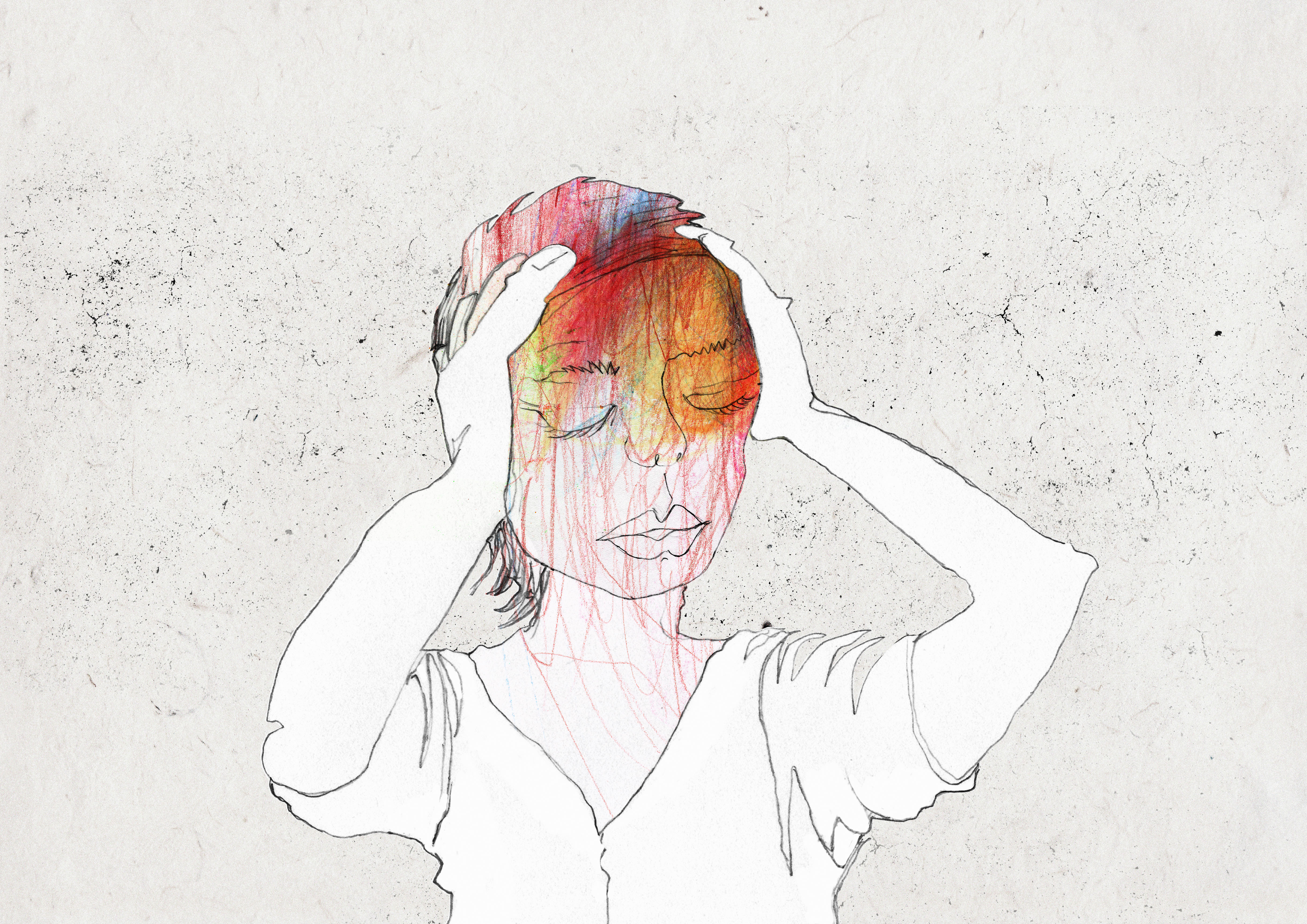
A migraine is a headache in the same way a square is a rectangle. A migraine is technically a kind of headache — but the word headache in no way captures the intense agony of a migraine.
A migraine is an entirely different beast, one that's nausea-inducing, vision-blurring, mind-muddling, limb-weakening, head-throbbing, and neck-stiffening. A headache is typically centered in your cranial region; a migraine is a horrible full-body experience.
When I'm stuck at home with a migraine, it's not a day spent catching up on my Netflix queue, flipping through magazines, or playing around on Instagram. At best, I'm fitfully sleeping. At worst, I'm hunched over the toilet cradling my head in my palms. Most of the day is spent trying to prop my head up at the least painful possible angle, shifting an ice pack around to cover the portion of my head that throbs most at that particular moment, and praying that if I don't move around too much then maybe this time I can keep down a glass of water — and my migraine medicine.
The Week
Escape your echo chamber. Get the facts behind the news, plus analysis from multiple perspectives.

Sign up for The Week's Free Newsletters
From our morning news briefing to a weekly Good News Newsletter, get the best of The Week delivered directly to your inbox.
From our morning news briefing to a weekly Good News Newsletter, get the best of The Week delivered directly to your inbox.
When a migraine strikes, it's pretty much impossible for me to form a coherent thought, let alone show up to work. I've lost numerous workdays this year to migraines, and statistics indicate I'm far from the only one: An estimated 90 percent of migraine sufferers can't "work or function normally" when they're experiencing a migraine, the Migraine Research Foundation reported.
The Migraine Research Foundation also revealed that American workers miss a collective 113 million work days annually due to migraines, causing American employers to lose out on more than $13 billion a year. Migraines rank as the third "most prevalent illness in the world" and the sixth "most disabling." Worldwide, 1 billion people are affected by migraines.
And yet ... scientists don't seem particularly close to coming up with a cure.
Migraines can be managed, but there's a learning curve involved. Oftentimes, you have to work with a doctor to pinpoint your triggers, which can include alcohol, certain foods, stress, allergies, hormonal changes, weather, particular smells, sleeping in too late, staying up too late, not getting enough sleep, skipping meals, dehydration, intense physical activity (including sex), and some medications.
A free daily email with the biggest news stories of the day – and the best features from TheWeek.com
Once identified, those triggers are to be avoided at all costs. Triggers like weather and stress can be next to impossible to avoid, while others, like the very common triggers of wine and aged cheeses, are just a bummer to give up. I'll always miss you, beer.
Aside from managing your life to the point where your sleep schedule is consistent, your mealtimes are regular, your stress is managed, and your triggers are avoided, there are pain-relieving and preventative prescription medications that you can turn to if over-the-counter drugs don't scratch the surface. There's also a slew of alternative medicine approaches, including acupuncture, massage therapy, and herbs. Some migraine sufferers even swear by regular Botox injections.
But the drugs can have myriad side effects, including rebound headaches if the medicine is taken too frequently; evidence for alternative medicine's efficacy is limited; and Botox injections need to be repeated every 12 weeks, with 31 tiny injections administered each time. Moreover, while these treatments may make living with migraines more manageable, they don't actually get down to solving the root cause of migraines.
That's because scientists aren't entirely sure what causes them.
So far, what scientists have established for sure is that migraines are a neurobiological disorder, which Gizmodo explains means migraines are "an illness of the nervous system that's caused by biological factors like genetics or metabolism."
But if migraines are this prevalent, why aren't there better answers out there? The Guardian provided some disheartening explanations:
Serious research into migraine began only relatively recently, as for a long time many doctors believed that it was a psychosomatic condition produced by people being unable to deal with stress. "It was a disorder that most obviously affected women and so wasn't taken as seriously," [Harvard neurology professor Elizabeth] Loder says. "And it's a pain disorder. Pain is subjective: We don't have any way of measuring it, which can make it very hard for people to believe it's real. Plus, on top of all of that, it's episodic, so between attacks, sufferers may look perfectly well." [The Guardian]
The Guardian also noted that migraine research "receives much less funding, compared with similarly debilitating conditions." The National Institutes of Health's 2017 budget for migraines was $19 million; $51 million was devoted to smallpox, and the last case of smallpox in the U.S. was in 1949. No offense to smallpox, but it seems safe to say that 113 million workdays aren't missed annually because of smallpox.
Now, it's not like scientists are sitting back and hoping the throbbing pain in people's heads will just work itself out though. They're studying more effective treatments — they just have yet to find the silver bullet. Popular Science reported that "even with treatments in hand, scientists appear trapped in a Zeno's paradox of research: The closer they come to discovering the cause of migraines, the more baffling the brain gets."
The closest scientists seem to have gotten recently is a new treatment involving monoclonal antibodies that target a neuropeptide called CGRP, which appears to be released when people are experiencing migraines. Early studies show promise; back in 2015, neurologist Joseph Safdieh billed this "the most hopeful thing on the horizon," in fact "the only hope on the horizon."
Years later, it still seems to be the only hope.
-
 Political cartoons for December 21
Political cartoons for December 21Cartoons Sunday’s political cartoons include Christmas movies, AI sermons, and more
-
 A luxury walking tour in Western Australia
A luxury walking tour in Western AustraliaThe Week Recommends Walk through an ‘ancient forest’ and listen to the ‘gentle hushing’ of the upper canopy
-
 What Nick Fuentes and the Groypers want
What Nick Fuentes and the Groypers wantThe Explainer White supremacism has a new face in the US: a clean-cut 27-year-old with a vast social media following
-
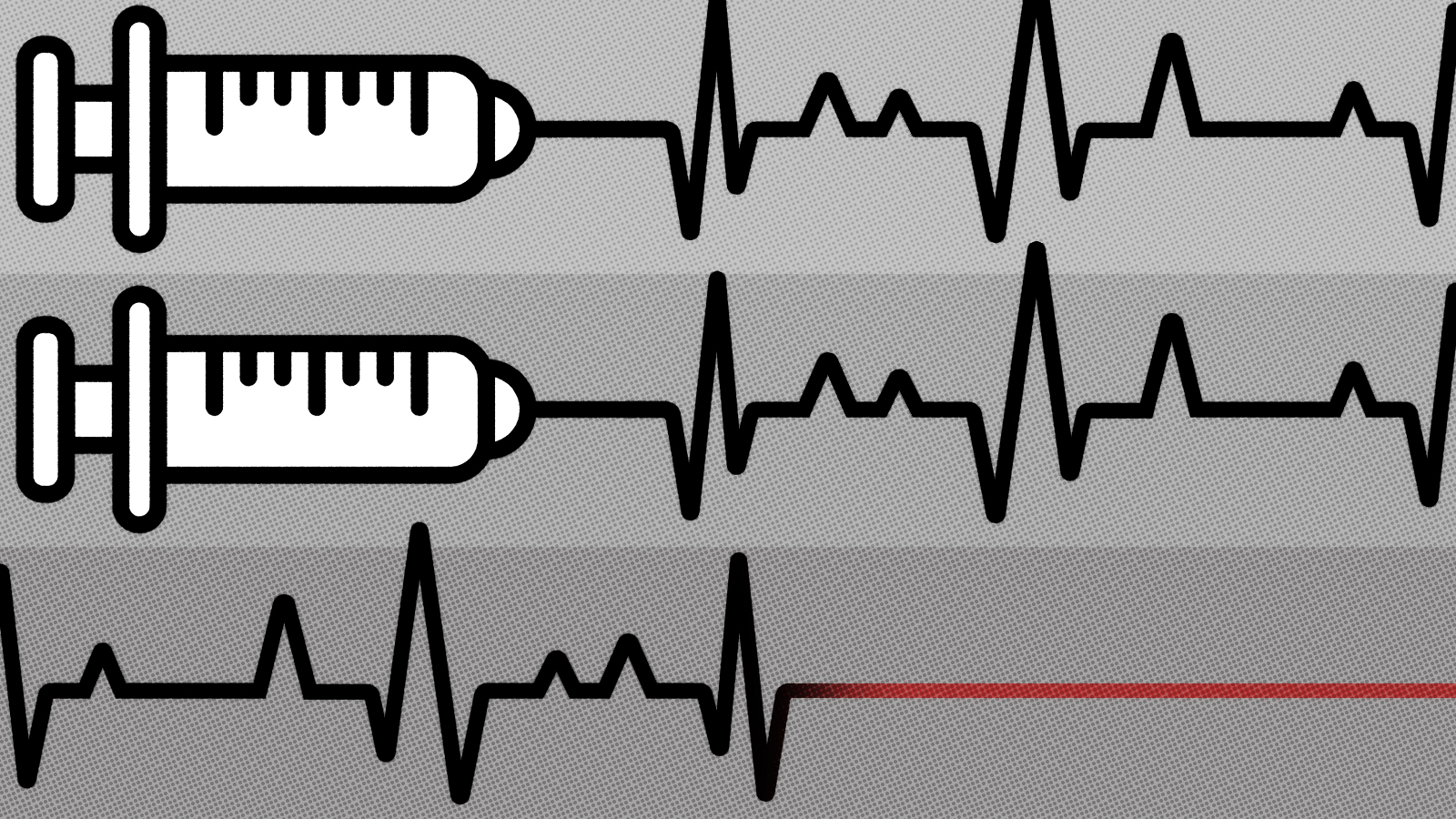 Do unvaccinated COVID patients deserve scarce care? A doctor weighs in.
Do unvaccinated COVID patients deserve scarce care? A doctor weighs in.The Explainer Justice, judgment, and the last ICU bed
-
 How to vaccinate the anti-vaxxers
How to vaccinate the anti-vaxxersThe Explainer Instead of blaming people for not doing the right thing, let's focus on eliminating the obstacles to vaccination that still remain
-
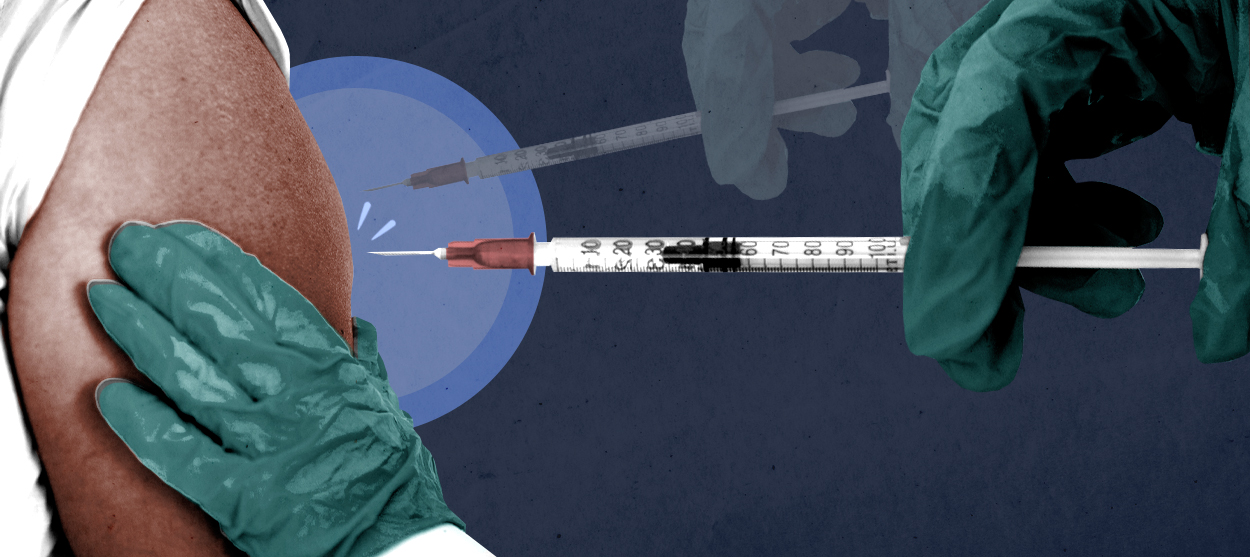 The U.S. could double its COVID-19 vaccine availability overnight. What's the holdup?
The U.S. could double its COVID-19 vaccine availability overnight. What's the holdup?The Explainer How the FDA could approve a more efficient vaccine rollout
-
 The October Surprise nobody wanted
The October Surprise nobody wantedThe Explainer Trump has COVID-19. Really, 2020?
-
 Life is worth living
Life is worth livingThe Explainer What's driving America's rising suicide rate?
-
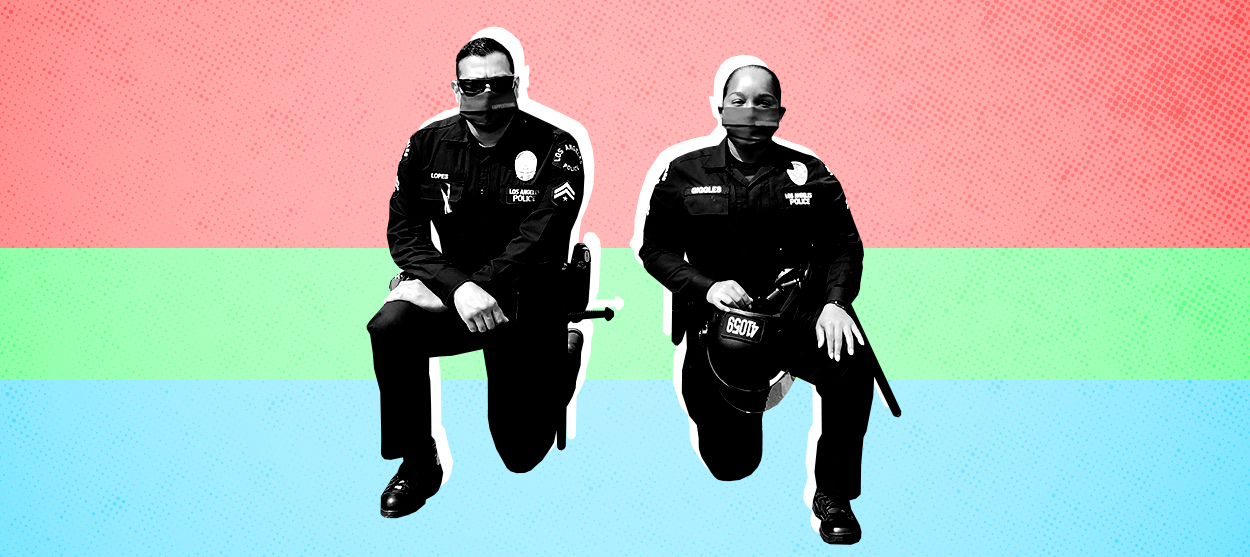 Social workers are masters at de-escalation. Here's what the police can learn from them.
Social workers are masters at de-escalation. Here's what the police can learn from them.The Explainer Knowing how to peacefully resolve conflict, rather than exacerbate it, can save lives
-
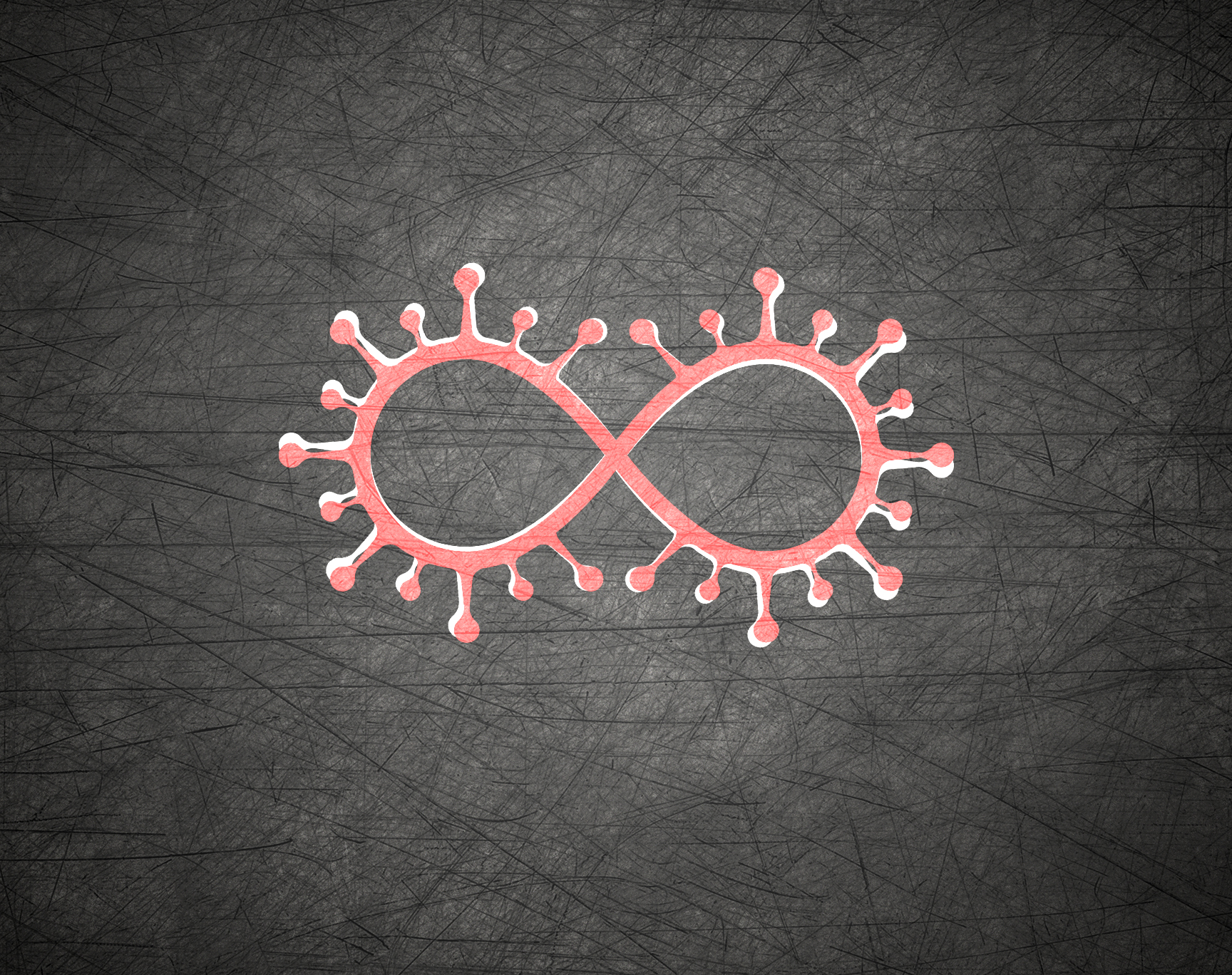 Settling in for the long pandemic
Settling in for the long pandemicThe Explainer Life won't be back to "normal" anytime soon
-
 Sports reveal how much America is trailing the rest of the world
Sports reveal how much America is trailing the rest of the worldThe Explainer MLS and other American leagues are stumbling through their pandemic restart plans